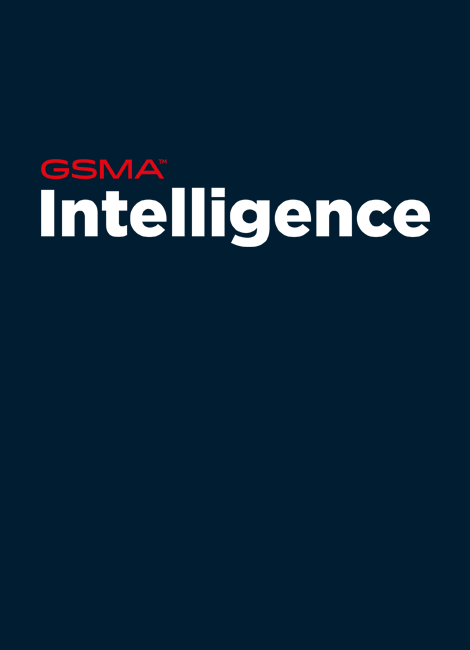Future of devices

This insight is available to those subscribed to the Digital Consumer or Mobile Operators and Networks modules.
Report details
Future of devices
Smartphones, AI, immersion and beyond
Smartphones have reached saturation in all but the hardest to reach demographic groups in the US, Europe and advanced Asia. Apple’s recent revenue downgrade is, in part, a reflection of this reality. Ubiquity means it remains the focal point of the consumer internet economy – with no obvious end in sight. However, the range of connected devices is now greater than ever, which is reshaping how people interact with the digital world. The home has for several years been seen as the next frontier of device innovation, and survey numbers bear that out. We are now in the early stages of a 3rd wave, driven by AI and immersive entertainment in the form of VR, AR and eventually mixed reality. Smart speakers now, and the prospect of glasses in the next 5 years.
In this latest report from GSMA Intelligence, we present results from our global consumer survey covering 30+ countries and examine the competitive strategies of Amazon, Google and Apple, as well as a host of Chinese vendors. Indeed, a new form of platform war is emerging for new device categories. We explore how 5G presents a sea-change for device OEMs because of the speed upgrade and latency gains that bring AR and VR into play. Finally, we unearth a gap between consumer expectations of what 5G can do compared to what operators need it to do to drive a renewed growth story.
Report details
Future of devices
Related research
Digital consumer: five trends to watch in 2026
How will the industry evolve in 2026? This series of reports highlights the key trends to watch and the implications for ecosystem players. This report examines the digital consumer area.
Apple ‘awe-dropping’ event: raising the bar for consumer experience with five areas of innovation
At its recent ‘awe-dropping’ event, Apple unveiled its new line-up of smartphones, earphones and smartwatches, and showcased its innovation in device features.
IFA 2025: an AI-first show with five other defining themes
Like at most other technology shows today, AI was ubiquitous at IFA 2025 – the European consumer electronics show – and the growing application of advanced AI, including generative AI, was clear to see. There were also notable developments across the smart home, wearables, smartphones, home robots and gaming.
Authors
How to access this report
Annual subscription: Subscribe to our research modules for comprehensive access to more than 200 reports per year.
Enquire about subscriptionContact our research team
Get in touch with us to find out more about our research topics and analysis.
Contact our research teamMedia
To cite our research, please see our citation policy in our Terms of Use, or contact our Media team for more information.
Learn moreRelated research
Digital consumer: five trends to watch in 2026
How will the industry evolve in 2026? This series of reports highlights the key trends to watch and the implications for ecosystem players. This report examines the digital consumer area.
Apple ‘awe-dropping’ event: raising the bar for consumer experience with five areas of innovation
At its recent ‘awe-dropping’ event, Apple unveiled its new line-up of smartphones, earphones and smartwatches, and showcased its innovation in device features.
IFA 2025: an AI-first show with five other defining themes
Like at most other technology shows today, AI was ubiquitous at IFA 2025 – the European consumer electronics show – and the growing application of advanced AI, including generative AI, was clear to see. There were also notable developments across the smart home, wearables, smartphones, home robots and gaming.
- 200 reports a year
- 50 million data points
- Over 350 metrics
